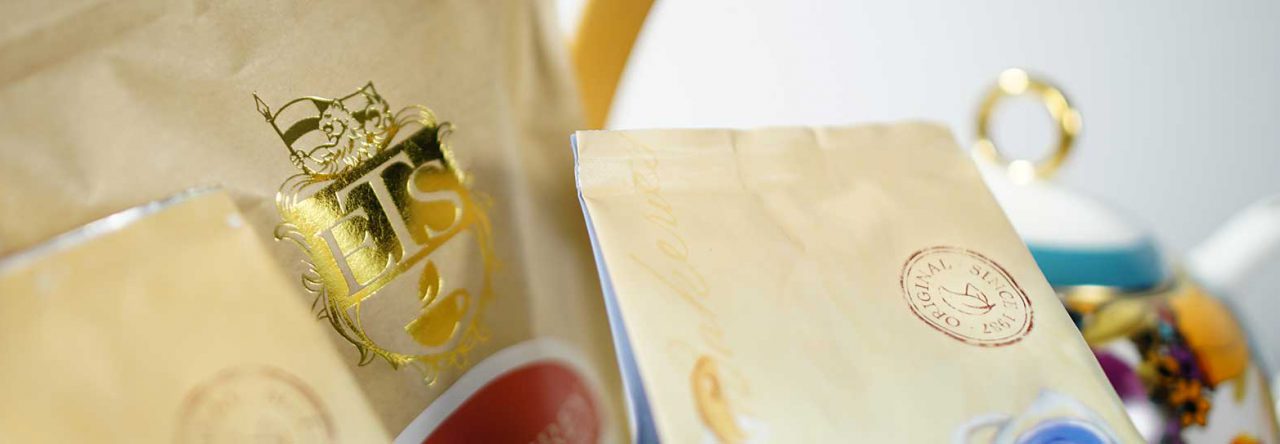
While there are said to be records of Roman cookbooks dating as far back as the first century, the most influential such works to published here in the United States in the pre-Julia Child era were the Joy of Cooking (1930), by Irma Rombauer, and The Boston Cooking-School Cook Book, by Fannie Merritt Farmer, a book that first came out in 1896.
A star pupil at the aforementioned school, Farmer later became the principal there and about six years after publishing her cookbook decided to open her own cooking school. Numerous editions of her book came out over the course of the next century. Through the miracle of digitization you can access the first edition here and the third edition (1918) here.
As the title of this article suggests, tea is among the topics Farmer addresses in the book’s more than 500 pages. Though she devotes only about five of those pages to the topic, she makes no bones about the importance of tea at the time, noting that it was “used by more than one-half the human race.” Though she points out that the United States was not considered to be a tea-drinking country, at the time per capita consumption was said to be about 1.5 pounds annually, or about double what the average American drinks nowadays.
Farmer devotes little space to the botany or history of tea. She notes that the best black tea comes from India and Ceylon and the best green from Japan and specifically mentions such varieties and blends as Oolong, Formosa, English Breakfast, Orange Pekoe, Flowery Pekoe, Hyson, Japan, and Gunpowder.
After a few paragraphs on tea and health, Farmer moves on to some tips on properly preparing tea. She specifies that freshly boiled water should be used, that the tea should be infused rather than boiled and cautions against steeping the tea leaves too long. All of which is great advice that bears considering even now, over a century later.
Farmer closes things out with a recipe for Russian Tea (served hot or cold, with lemon, sugar, and a strawberry or candied cherry). Last up is a simple recipe for Iced Tea. As she notes with in this case, “the flavor is much finer by chilling the infusion quickly.”
© Online Stores, Inc., and The English Tea Store Blog, 2009-2014. Unauthorized use and/or duplication of this material without express and written permission from this article’s author and/or the blog’s owner is strictly prohibited. Excerpts and links may be used, provided that full and clear credit is given to Online Stores, Inc., and The English Tea Store Blog with appropriate and specific direction to the original content.



Leave a comment